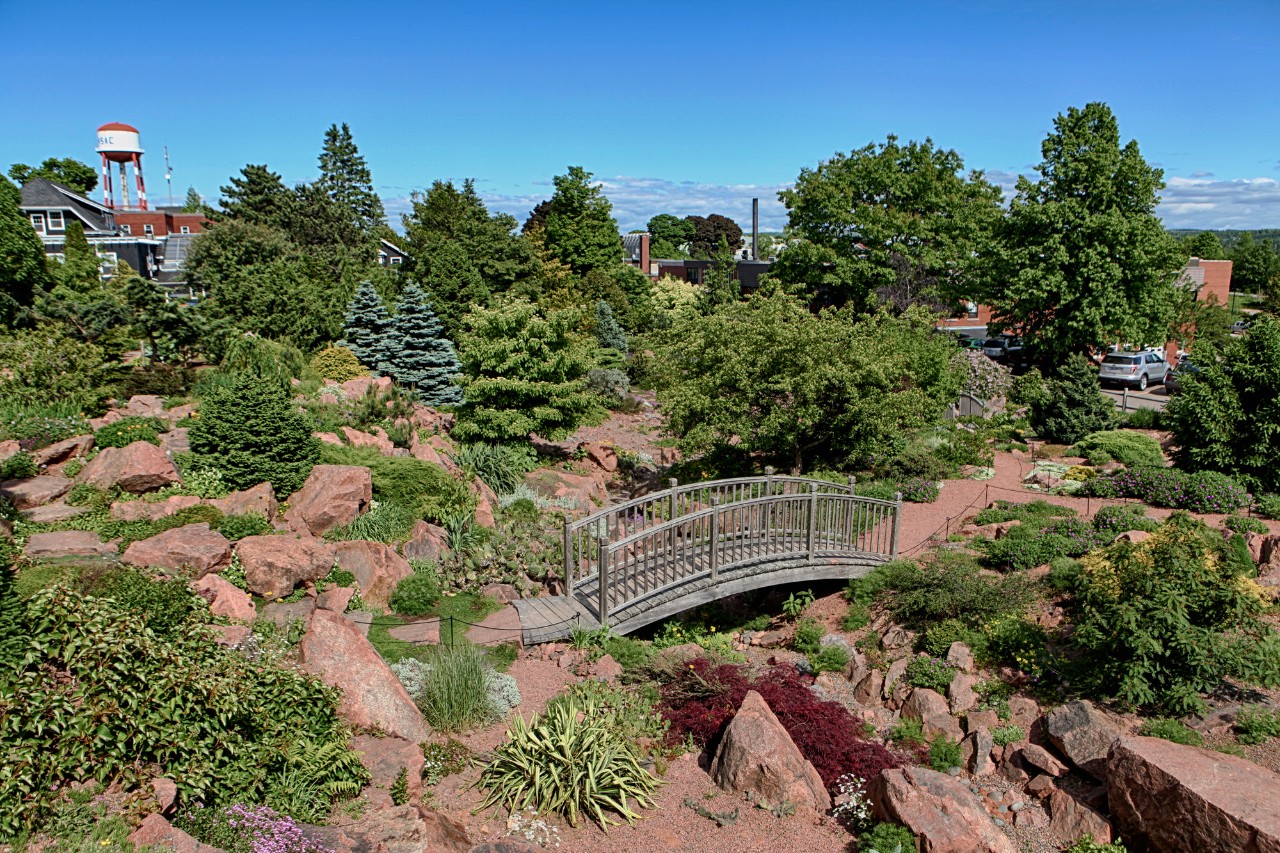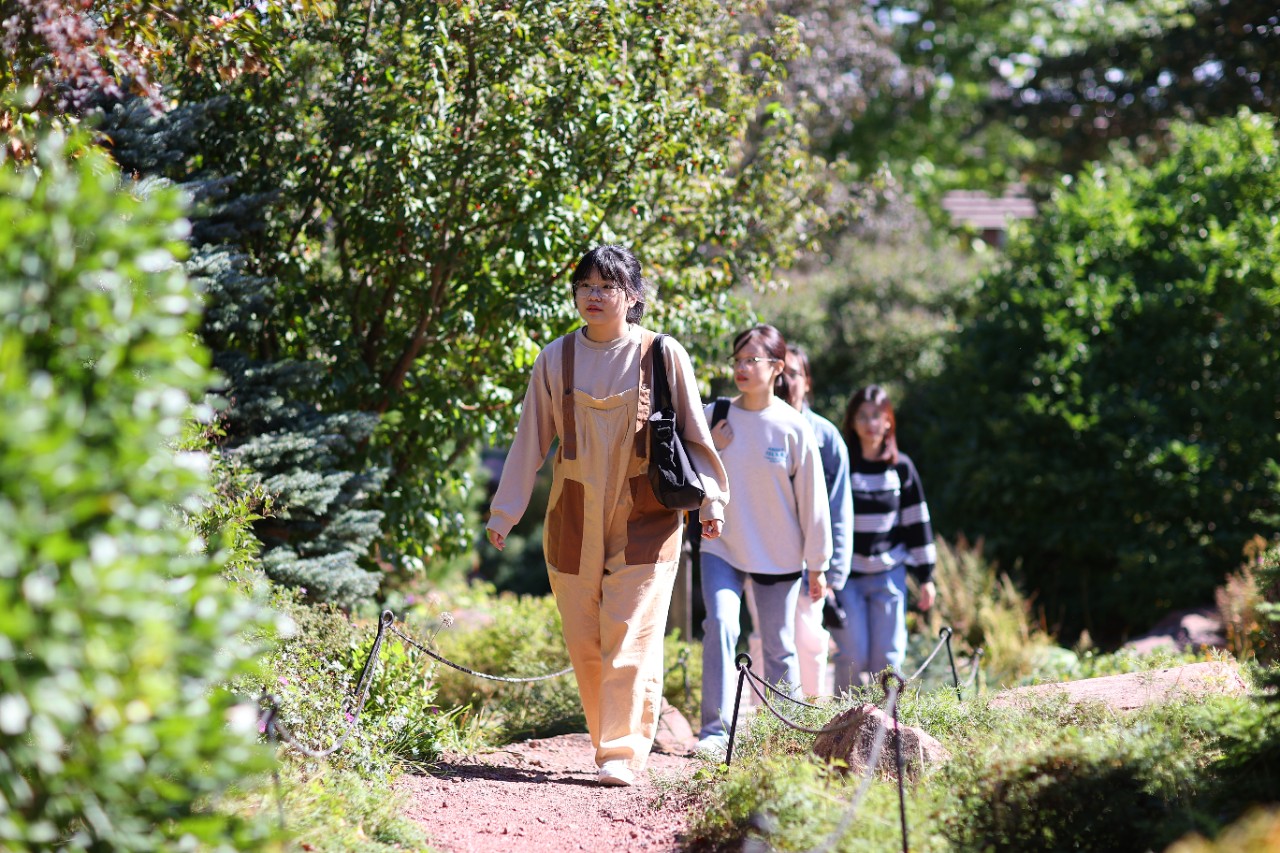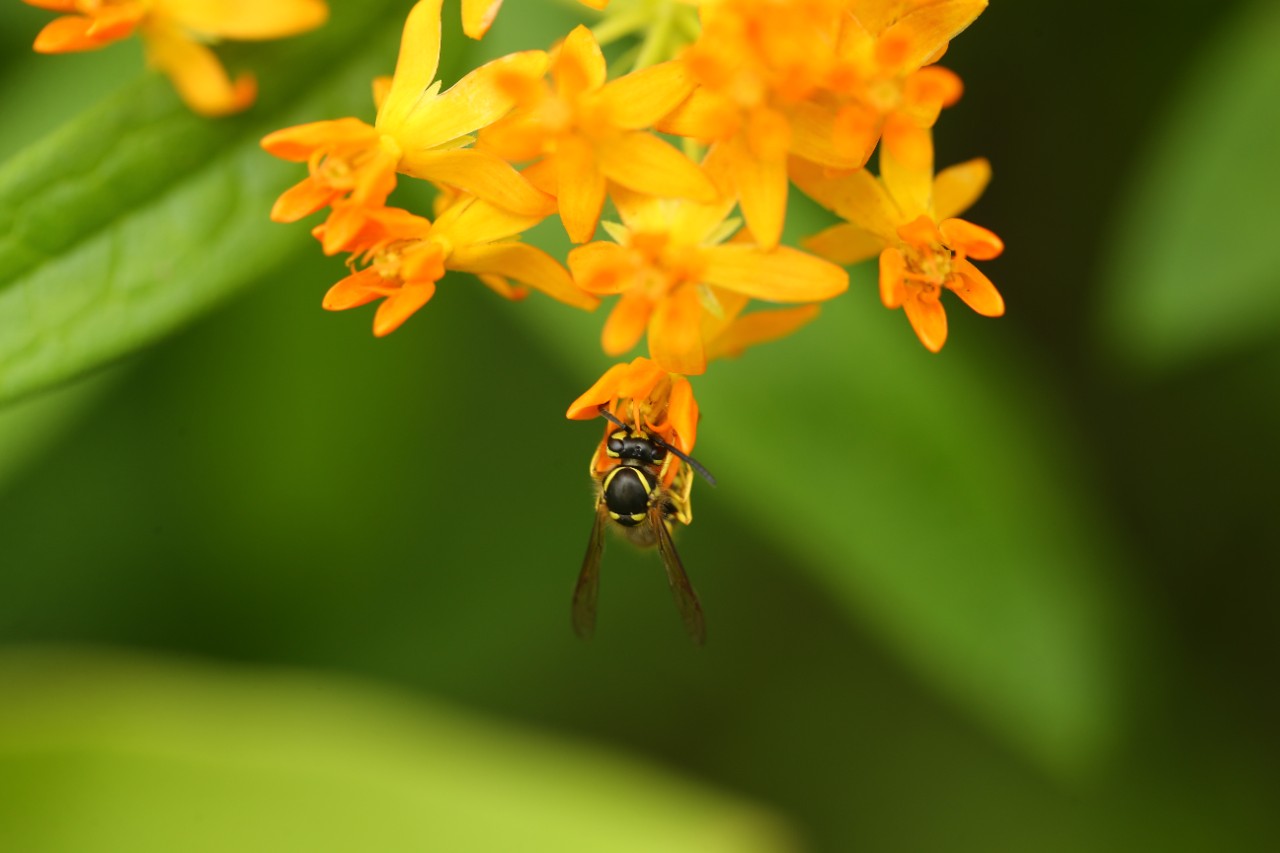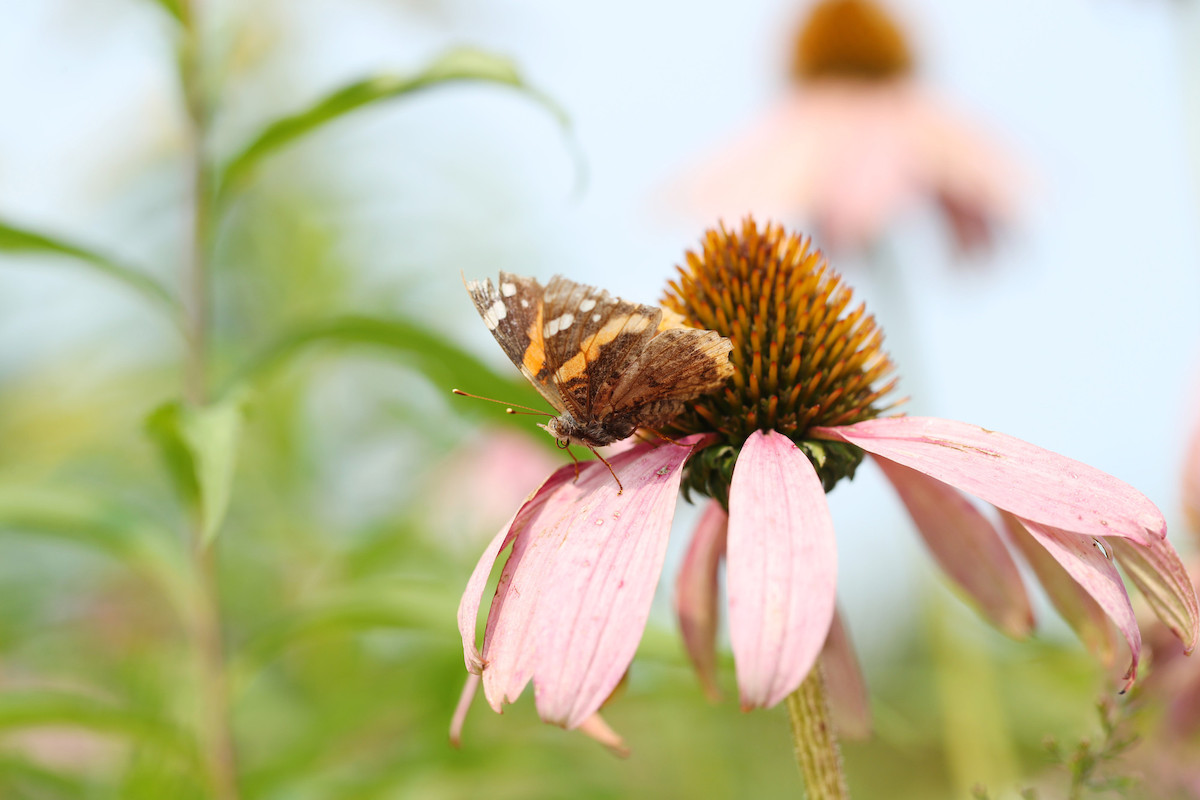
The rock garden is a centre for education concerning alpine and saxatile plants, and how to create effective habitats in which to grow them. The rock garden covers just over one-half acre of land and is situated on a south-facing slope. It consists of a rock face, two dry streams, a gravel scree bed, and a damp area.
The rock face contains large crevices that have been planted with plants that will spill and tumble down over the rocks. The dry streams are located in two gullies, designed to look like old, rock-lined erosion gullies. These will provide a place for plants that like to sprawl down a bank. In addition, the dry streams will collect and carry rainwater away from the garden.
The gravel scree bed starts at the base of the cliff face. It mimics areas of gravel that are created when weathering of cliff faces breaks away small pieces of stone. The scree bed will provide habitat for deep-rooted plants that grow in the driest conditions. The damp area will be the area where run-off water is collected. It will be home to plants that want to grow in full sun yet have a need for very moist soil.
- The rock garden provides a wide variety of habitats for plants.
- It is entirely created using Colchester County stone.
- It is a remarkable collection of plants, providing an opportunity for botanical study.
- It provides a facility for the teaching of rock garden construction.
- The rock garden, in conjunction with other campus gardens, is a tourist attraction for the Truro/Bible Hill area.
The garden contains 450 tons of local red granite. It features a collection of dwarf conifers and alpine and saxatile plants. The garden not only beautifies the campus but also offers environmental horticulture students opportunities to gain experience with uncommon plants. The garden also features two cedar bridges constructed by students in the wood construction techniques class.
Nova Scotia Rock Garden Club
The Nova Scotia Rock Garden Club is a group of gardeners interested in rock gardening and supports the Rock Garden at Dal's Agricultural Campus, complementing the roles of the Friends of the Gardens and the Environmental Sciences Department Grounds Maintenance Unit.
Become a member of the Nova Scotia Rock Garden Club and benefit from monthly meetings, local and international speakers, garden tours, newsletter, plant, and seed exchanges, group plant orders, workshops, and the company of other garden enthusiasts.
Download our Membership Form [PDF - 125KB]

Pollinator meadow

The Agricultural Campus grounds staff have joined forces with the Friends of the Gardens to create a butterfly meadow on campus. The half-acre site, located South and Southwest of the Haley Institute, will be managed for the creation of butterfly habitat.
The existing turf will be allowed to grow naturally long, and the wildflowers already present in the lawn will be encouraged. Additional perennial flowers and shrubs (which provide the nectar and foliage needed by the butterflies and their larvae) will be added to the meadow. Mown paths are already in place to allow nature watchers to wander through the meadow. An interpretation board with information on local butterfly species will be added in the future and will include a recording site for enthusiasts to note their observations.
"The opportunity for research associated with this new garden is very exciting - little work has actually been done on native butterflies" said Bernard Jackson, an internationally known butterfly expert who recently published a book on butterflies and butterfly gardening. "There is little documentation on what plants they prefer for feeding or colour attraction. There's a great deal we can learn here."
The butterfly meadow will not only provide an attraction and research opportunity, but it will also demonstrate what is possible in urban fringe gardens for wildlife. With the trend towards ecological consideration in urban development, the meadow could prove to be a useful model for industrial park or school ground landscapes.
"This is exactly what we talk to Environmental Horticulture students about" confirmed Carol Goodwin, Faculty of Agriculture, Environmental Sciences department. "Providing for wildlife doesn't always involve large tracts of land - the average homeowner can make a real difference".
A number of native plants important for our butterfly species have been added to the meadow, including Queen Anne’s lace, yarrow, asters, goldenrod, and clovers. Exotic species, including Buddleia, Lilac, Monarda, Nepeta, and Evening Primrose have been introduced into the meadow for larval and adult food sources. Stones are placed to provide sunning sites.
A walk through the meadow is exciting on a warm summer day. The range of meadow flora attracts a number of species, and larvae can be seen feeding on their host plants. Host plants are grown relatively close to the paths to provide easy viewing of the ‘not so pretty’ life stage. As the plants grow and expand, we hope to see even more activity of both butterflies and those who love to watch them. Leave your net at home and come for a walk!
